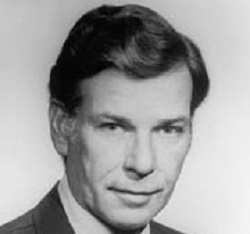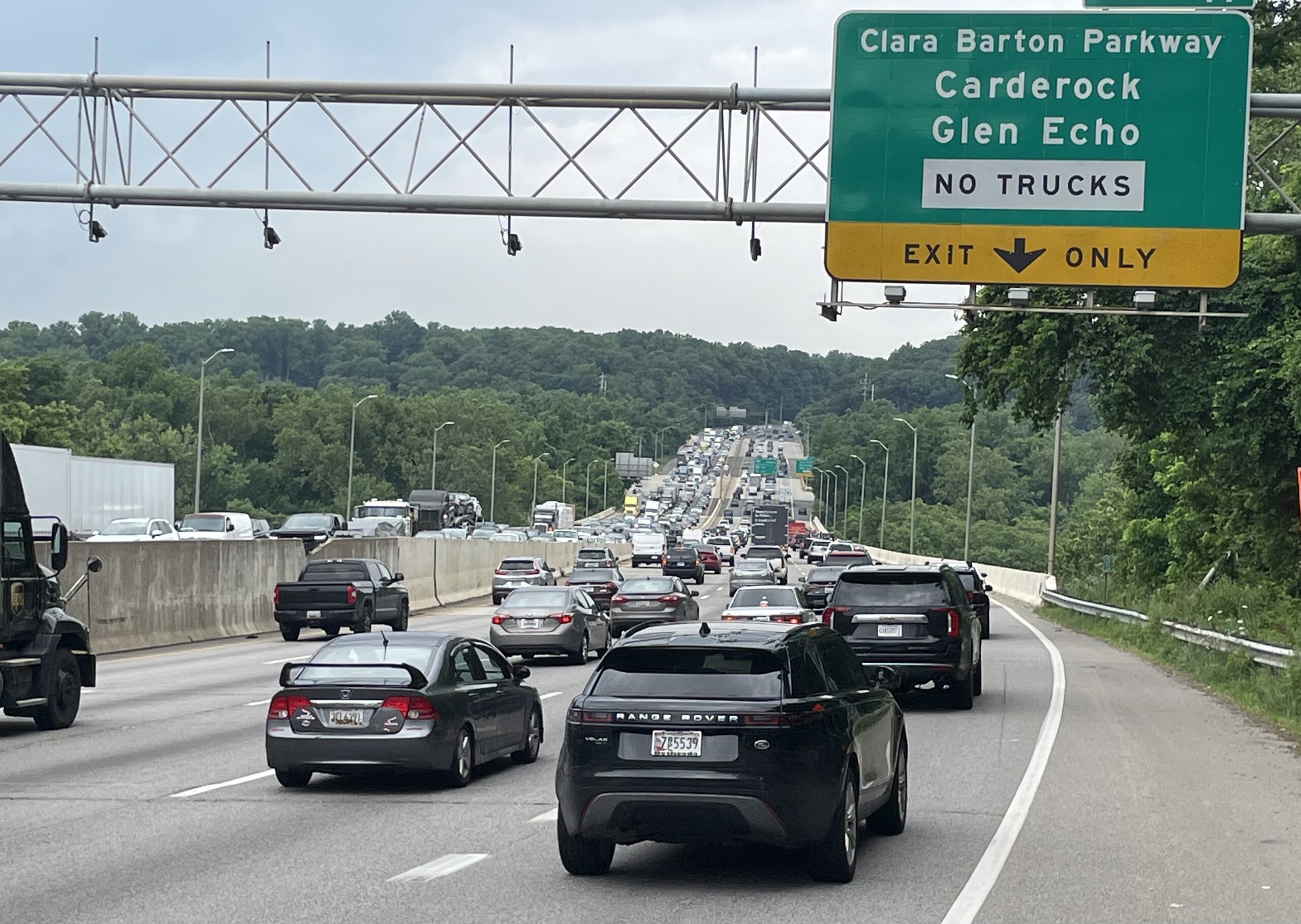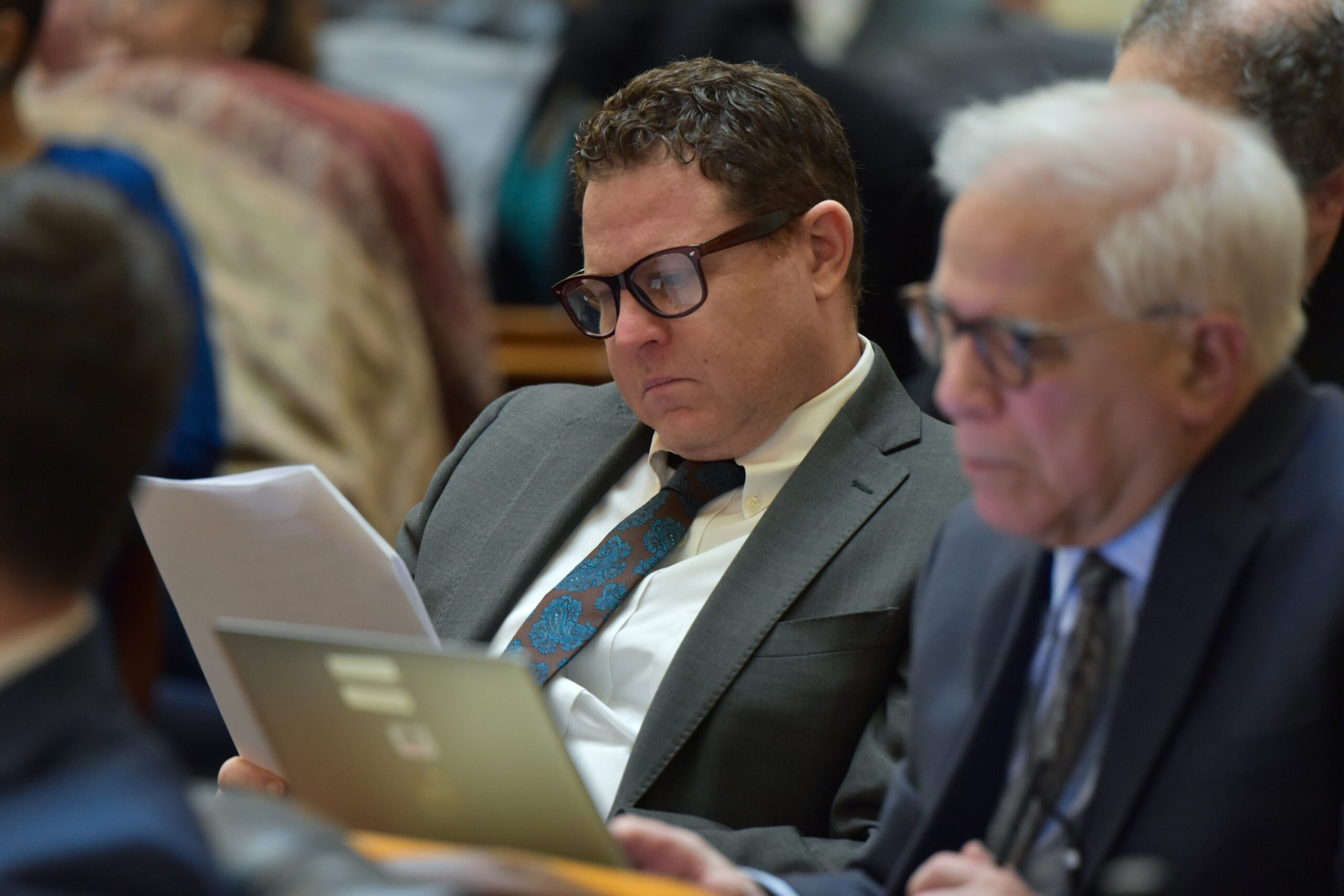Harry Roe Hughes, the Unlikely Governor: A Remembrance by John W. Frece

Though few Marylanders may realize it, their lives are better off today because former Maryland Gov. Harry R. Hughes, who died March 13 at the age of 92, was a bit of a policy wonk with a decided bent toward fairness and equity.
Hughes, who served as governor from 1979 until 1987 following a distinguished career in the Maryland General Assembly, is probably best known for his efforts to protect the Chesapeake Bay, or for the calamity he faced at the end of his career brought on by corruption within Maryland’s privately insured savings and loan industry.
What is less well known — in fact almost invisible to modern-day residents — is the structural underpinning Hughes carefully, thoughtfully put in place during his career that affects how much every Maryland resident pays in state and local taxes, how our public schools perform, how our highways and transit services are built, and how we treat Marylanders of different races.
Hughes worked on all of these issues and more during a career that spanned from his first election to the House of Delegates in 1954, to his rise through the state Senate to majority leader and Finance Committee chairman, and to his two steady, influential but workman-like terms as governor. In each of those positions, Hughes’ style was to squarely face the state’s problems, convene both experts and average citizens to sort out what should be done, and then to carefully craft a solution that, while often controversial, could stand the test of time.
Hughes was the father of Maryland’s modern tax code, possibly his single greatest accomplishment. His work on the tax code in 1966 and 1967 created the fairer and more progressive tax code still on the books today. Few remember that up until that time, Maryland’s income tax was set at a flat rate, which meant that those at the lower end of the income spectrum were getting hit disproportionately harder than those with more money.
Hughes, working with an expert fiscal adviser named Paul D. Cooper, devised a complete and balanced overhaul of the tax code that threw out the flat tax and replaced it with a graduated income tax; preserved the property tax as the basic revenue source for local governments; broadened the list of items subject to the state sales tax; allowed local governments to supplement their revenue with a “piggyback” income tax; and revised the corporate tax to make it fairer to businesses.
Think about this: This complex, controversial restructuring of the entire state tax code was all rolled up in a single piece of legislation.
The Cooper-Hughes proposal recognized the importance of local governments and assured they had adequate resources to provide for basic needs into the future. It acted on the belief that a favorable and fair business climate would benefit all. And, perhaps most importantly, it linked tax burden with the ability to pay. It was the most sweeping single piece of tax and fiscal aid legislation in Maryland history, and nobody deserves more credit for it than Hughes.
Hughes also was behind two other landmark changes in how the state government spends the taxpayers’ money. One dealt with education, the other with transportation.
In the mid-1960s, state aid for public schools was based on teacher salaries. Each year the legislature passed a bill setting minimum teacher salaries for the following year, and each year hordes of teachers flooded Annapolis to press for ever bigger salary increases. Hughes thought the practice demeaning to teachers and the wrong way to promote public education. He chaired a commission that recommended in 1964 an overhaul of school financing by pegging the amount of state money to student enrollment, not teacher salaries, and – like the approach to the tax code a couple years later – put in place provisions that recognized each jurisdiction’s relative ability to pay.
This approach changed the public perception from how much money teachers make to how much money is being spent to educate the state’s children, and it remains the basic structure of our state education spending to this day.
By 1970, Hughes decided to leave elective office and return home to Denton to practice law and raise his young family. But then Gov. Marvin Mandel asked him to take over the newly created Maryland Department of Transportation, which Hughes had worked hard to create during his last year in the Senate. After agreeing to take the job, the biggest challenge he faced was how to merge the separate fiefdoms – the State Roads Commission, the Port Authority, the Motor Vehicle Administration, the Transit Administration and other independent transportation entities — into a seamless, mutually supporting transportation department. As happens in bureaucracies, the various entities resisted being blended together, answering to a new boss, and perhaps most importantly, losing control over the revenue and expenditures that had previously controlled independently.
But Hughes’ thoughtful, steady, politic approach gradually brought these disparate functions together to develop the first statewide, multimodal transportation plan – a planning tool that is so commonplace now that it is hard to imagine not having one. The other more formidable task was to get all the various transportation entities to pool their revenues – gas taxes, titling fees, bus fares and so on – into a single consolidated Transportation Trust Fund. By putting all the money into a single fund, the Department of Transportation, the governor and the General Assembly could set priorities – for highways or rail lines, or for shipping or airports – and draw a balanced amount from the single transportation fund each year to pay for the most urgent needs. Creating the Transportation Trust Fund also bolstered financial strength of the fledgling transportation department to borrow money for projects through the periodic sale of bonds.
Without the consolidated fund, the various modes of transportation would have continued to compete against each other, often at cross-purposes, rather than working in tandem. When you drive on a well-paved Maryland road, commute on the MARC train, fly out of BWI (formerly Friendship Airport, but purchased by the state from Baltimore during Hughes’ years as transportation secretary), or drive across the Chesapeake Bay Bridge (the newer span of which was also completed during his tenure), you can quietly thank Harry Hughes for helping to make your traveling easier.
The issue of civil rights did not lend itself to such straightforward bureaucratic fixes. It rested on slow progress in the courts, conscientious leadership in the legislature, raw political courage and a fundamental belief in the equality of all.
The year Hughes was first elected to the House of Delegates was the same year the U.S. Supreme Court ruled that separate, segregated schools were unconstitutional. For generations, Maryland had been as segregated as any state in the Deep South. When some of the first African-Americans were elected to the General Assembly in the late 1950s and early 1960s, they still could not sit at a soda fountain, eat in any restaurant or stay in the same hotels where their white counterparts lived during the legislative session. When the racist governor of Alabama, George C. Wallace, ran in the 1964 Maryland presidential primary, he capitalized on anxiety surrounding the civil rights legislation then pending in Congress and came disturbingly close to winning.
Hughes, from both upbringing and instinct, knew segregation was wrong. His stance was often unpopular in the Eastern Shore counties he represented. Before one election, an opponent erected a billboard along U.S. Route 50 that declared, “Know the truth about Harry Hughes: He voted to integrate your swimming pools and barber shops.”
Support for civil rights in the legislature began to increase, however, after Hughes helped engineer changes in the Senate leadership that put civil rights supporters in key posts, including the Senate presidency. It got stronger still after the Supreme Court’s 1964 “one-man, one-vote” ruling that outlawed state legislative apportionment by jurisdiction and required it to be based on population. The effect was to give racially mixed urban areas, which generally supported civil rights, much larger representation in the legislature and gave smaller representation to the rural areas, where civil rights was broadly unpopular. The tide shifted, in no small part because of Hughes’s steady support for long-neglected freedoms for all Marylanders.
In later years, Hughes became probably the first governor in the nation to recognize and begin to address the uptick in racial violence and religious prejudice – an evil that has gotten much worse in the United States and around the world in recent years.
Harry Roe Hughes was an unlikely governor when he was elected in 1978 after a stunning, come-from-way-behind victory in the that year’s Democratic gubernatorial primary. His unexpected victory was propelled, in part, by a pair of highly favorable editorials in the Baltimore Sun and Evening Sun on the eve of the election, which assured Marylanders that a vote for Hughes would not be wasted.
As the Evening Sun told its readers, “A vote for the right man is never wrong.” Harry Hughes proved that the newspaper was right.
— JOHN W. FRECE
The writer is a former Baltimore Sun reporter, who co-wrote “My Unexpected Journey. The Autobiography of Harry Roe Hughes.”
Hughes’ funeral will be held at noon Thursday at St. Anne’s Episcopal Church, 199 Duke of Gloucester St., Annapolis. Speakers include Gov. Lawrence J. Hogan Jr. (R), U.S. Rep. Steny H. Hoyer, and Rob Etgen, president of the Eastern Shore Land Conservancy.
Hughes’ family will receive visitors from 4 p.m. to 6 p.m. Wednesday at Moore Funeral Home, 12 S. Second St., in Denton.
Did someone forward this to you?
Get your own daily morning news roundup in your inbox. Free. Sign up here.




 Creative Commons Attribution
Creative Commons Attribution